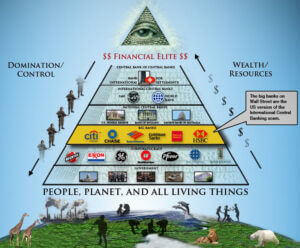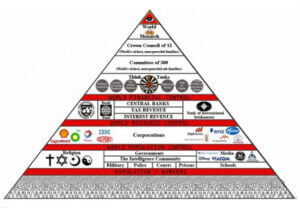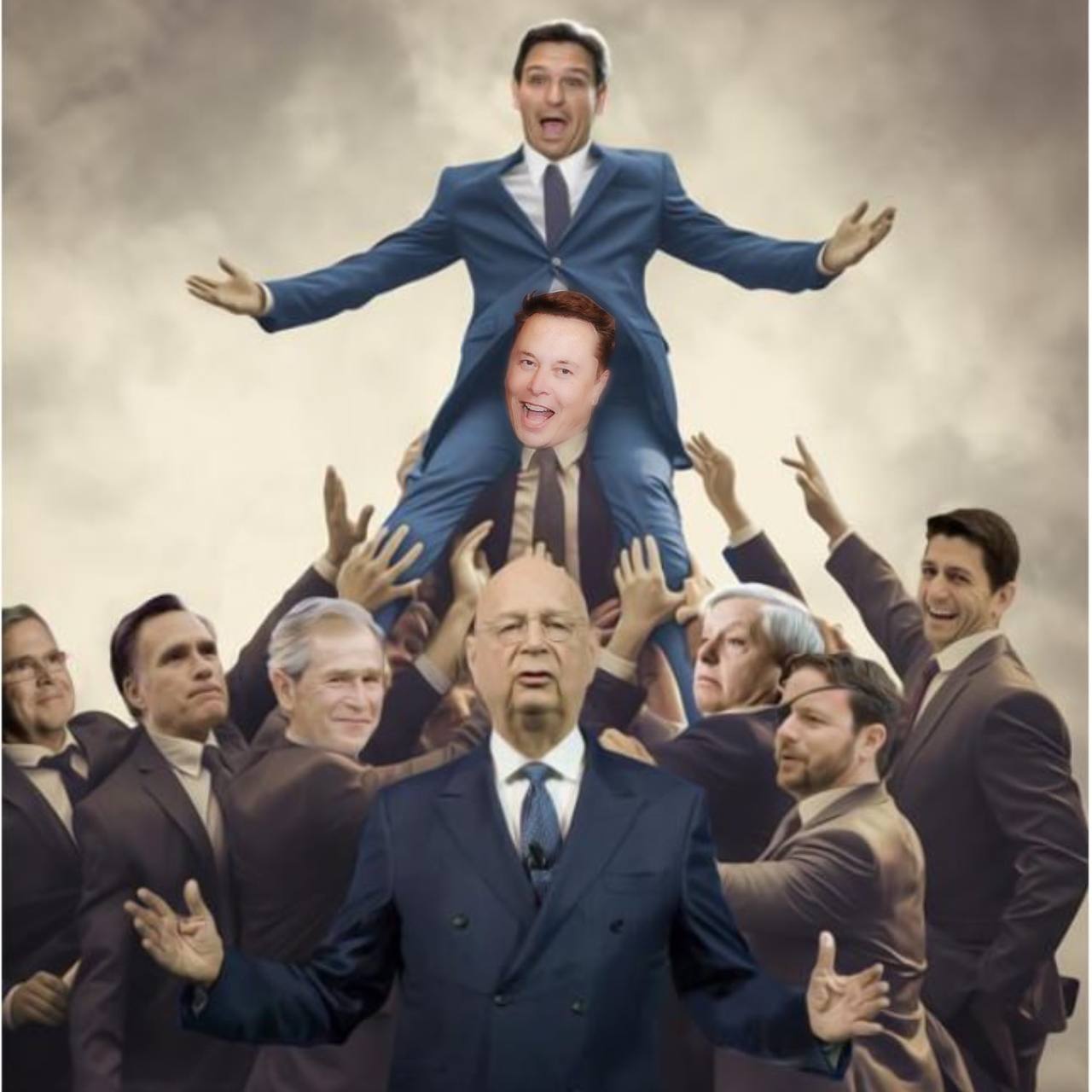Many years ago a friend of mine insisted we go to a bookstore so I could purchase a copy of a book that had her howling with laughter. The title of the book itself suggests the source of her amusement, “Nothing in this book is true, but it’s exactly how things are.” Published in 1994, the book is an audacious farrago into everything from massive alien intervention to pop metaphysics. One of the book’s premises, if one is to assign that much coherence to it, is that not one, but dozens of extraterrestrial races currently intervene in the affairs of humanity. It is now a cult classic.
Today, of course, the internet collects tales of alien encounters by the millions and puts them at the fingertips of billions of people. If you want to know about the alien star base inside Mt. Shasta, or lurking at the bottom of the Mariana Trench, or pretty much anywhere else on the earth or beneath the sea, a few keystrokes will deliver links to endless reports, most of them bizarre and unsubstantiated. And if you want to examine more serious speculation regarding alien intervention in human affairs, now more than ever, you’ll find it.
Overall, the whole notion of extraterrestrials among us remains a fringe topic, content fodder and clickbait, but not generally accepted as probable. In a twist that would amuse H.L. Menken, some of the people who establishment media stigmatize as conspiracy theorists themselves consider any mainstream focus on aliens to be a carefully orchestrated hoax, perpetrated to distract us from much more sinister earthbound conspiracies.
All of this begs the question: who is running the world, and the related questions, who or what is motivating them, and what is their goal? Bringing up the possibility of alien involvement helps clarify this issue. If extraterrestrials are here, and are influencing the future of humanity without interfering through overt conquest, who would they approach?
Asking the question “who runs the world” in this hypothetical manner doesn’t require a conspiracy theory. It’s a simple question, worth asking. Where is the power to alter human destiny most concentrated? Attempting to answer this inevitably takes us down a rabbit hole. But to refrain from asking is to act as if this doesn’t matter when it’s arguably the only thing that matters. Is it safe to assume the world is just a chaotic miasma of factions, hurtling into the future, or that if it isn’t, that the people in charge are acting in our best interests?
In an attempt to understand who sits at the pinnacle of global power, an obscure article published in 2018 on the West African website TheInfoNG offers useful clues. The provenance of the article is dubious, and the theory put forth is widespread, but the title “Revealed: The 13 families who secretly rule the world,” suggests this is as good a place as any to have a look. They write:
“The forces that underlie the new world order follow a slow program to gain complete control of humanity and the resources of our planet. The masses are absolutely unaware that their freedom is being progressively removed. It is believed that at the top of the pyramid, all movements are orchestrated from an organization called the Thirteen Families, a council that consists of 13 of the most influential families on earth. In their opinion, they have the right to rule humanity because they are the direct descendants of the ancient gods and consider themselves royalty. These families are: 1 – Rothschild, 2 – Bruce, 3 – Cavendish (Kennedy), 4 – Medici, 5 – Hanover, 6 – Apsburg, 7 – Rupp, 8 – Plantagenet, 9 – Rockefeller, 10 – Romanov, 11 – Sinclair, 12 – Warburg, 13 – Windsor.”
The article goes on to claim the Rothschild family is by far the most powerful dynasty, controlling over $500 trillion dollars including ownership of the U.S. Federal Reserve Bank. Also in the article is an image that provides an interesting framework for this alleged control by 13 powerful families. The image, reproduced below, did not originate from TheInfoNG, insofar as a basic Google image search reveals it to currently exist on at least 46 different websites going back at least to 2013.

Immediately obvious in this pyramid chart is that people are at the bottom, outside the triangle of control, and within the triangle at the lowest level, wielding the least power, are national governments. Working up the pyramid, the next level are the major corporations, which are beneath the big commercial banks. Above them are national central banks, which in turn are subordinate to international central backs such as the IMF and the World Bank, which themselves answer to what is referred to on the chart as the “Central Bank of Central Banks,” otherwise known as the Bank for International Settlements. And at the tip of the pyramid? The 13 families.
It’s obligatory to question this paradigm, but rejecting the idea of 13 families running the planetary show doesn’t nullify the possibility that a global hierarchy of institutions exist that are more powerful than national governments. Anyone familiar with the ESG movement recognizes that it is being rolled out and enforced by banks and financial institutions who make access to cash, loans and investments contingent on compliance.
Similarly, anyone watching the contemporary obsessions with gender ideology and climate alarm has to acknowledge that corporations have incorporated them into their products and marketing. And do corporations control governments? Up until a few years ago when gender ideology and climate alarm coopted and silenced them, that is what the American Left had made a premise of their existence. Now, apparently, accusing the government of being beholden to corporations and banks is a “right wing conspiracy theory.”
If one does accept the idea that a handful of families own controlling interests in a hierarchy of financial institutions and corporations, that doesn’t necessarily mean the list published (or republished) by TheInfoNG is entirely accurate. Closer to home and more recently, Investopedia published an article “Top 10 Wealthiest Families in the World,” listing the following titanic dynasties: Walton, Mars, Koch, Al Saud, Hermès, Ambani, Wertheimer, Cargill/MacMillan, Thomson, and Hoffmann/Oeri. Is it them? Why aren’t the Rothschilds on this list? Where, for that matter, is Elon Musk, Jeff Bezos, or Mark Zuckerberg?
Regardless of how you calculate wealth and financial control, and who you determine occupy the top spots, it is probably naive to think that individuals with stupefying wealth would not also be controlling the most powerful institutions in the world.
The chart reproduced by TheInfoNG is actually dated in a manner worth noting. The “People, Planet, and All Living Things” depicted below the pyramid are now themselves being securitized. People are now data commodities, and the “planet and all living things” are now packaged as “nature backed securities.” God help us.
The next pyramid diagram, roughly similar but published by India Times in 2021, in an article helpfully titled “These Are The 13 Families In The World That Apparently Control Everything,” adds a few missing segments to the paradigm. It depicts religions, governments, media, and schools at the lowest tier, exercising “world population control.” Above that it places corporations which exercise “world resource control.” On the next tier up, all levels of banking along with tax authorities, exercising “world financial control.” At the very top of this pyramid, working upward, they have placed elite think tanks, then the “Committee of 300” which they describe as the “world’s richest, most powerful sub-families,” topped by the “Crown Council of 13,” or “the world’s richest, most powerful families. And of course, their 13 differs yet again (with some overlap), naming: 1 – Astor, 2 – Bundy, 3 – Collins, 4 – DuPont, 5 – Freeman, 6 – Kennedy, 7 – Li, 8 – Onassis, 9 – Rockefeller, 10 – Russell, 11 – Van Duyn, 12 – Merovingian, and 13 – Rothschild. On the pinnacle? A “World Monarch.” Of course!

It isn’t at all clear that India Times came up with this diagram, a basic Google image search for this one yields over 30 similar images, many of them identical and some with intriguing variations. The Conspiracy Watch blog depicts a version of this pyramid that names Queen Elizabeth II as the global monarch (today, King Charles?), it lists members of the “Council of 13,” goes on to name many of the “Committee of 300,” then identifies some of the think tanks – Bilderberg Group, Trilateral Commission, Club of Rome, Council on Foreign Relations,” along with “secret societies” such as the Freemasons. Here again is evidence of an ironic inversion – we learned to fear the nefarious and all-powerful Trilateral Commission from our leftist professors back in the stone age, that is, when leftists had not yet turned into running dogs of multinational corporations. The seductive power of gender ideology and climate alarm! It turned leftists into corporatists.
To explore the question of who, or what, operates unseen and yet largely determines our collective destiny may be a fool’s errand, but that doesn’t mean they aren’t there. Maybe this global hierarchy, should it exist, evolved naturally and without the intervention of aliens or the inspiration of God contending with the temptations of Satan. But regardless of exactly how power is distributed at the highest levels, or whether it is right or wrong, it is increasingly concentrated in the hands of elite individuals and institutions, and preserving competition between them is one of the only ways we may hope to maintain whatever freedoms, or even illusions of freedom, we have left.
The coordinated efforts to reset our entire civilization in order to prevent a “climate crisis” are an obvious and troubling example of elites grasping for more control, and less competition. And their agenda is so fatally flawed – renewables cannot power the global economy, and “owning nothing” does not make people happy, it destroys their character – that it is fair to wonder what truly motivates them? Satanic greed? Malevolent reptilian aliens gaining the upper hand in earth’s cosmic battlefield?
A red-pilled American who is relentlessly bombarded with the same transparently false, transparently misanthropic messages from every mainstream institution can be forgiven for believing in conspiracy theories.
So perhaps none of the details can be known, but that doesn’t mean it isn’t exactly how things are.










